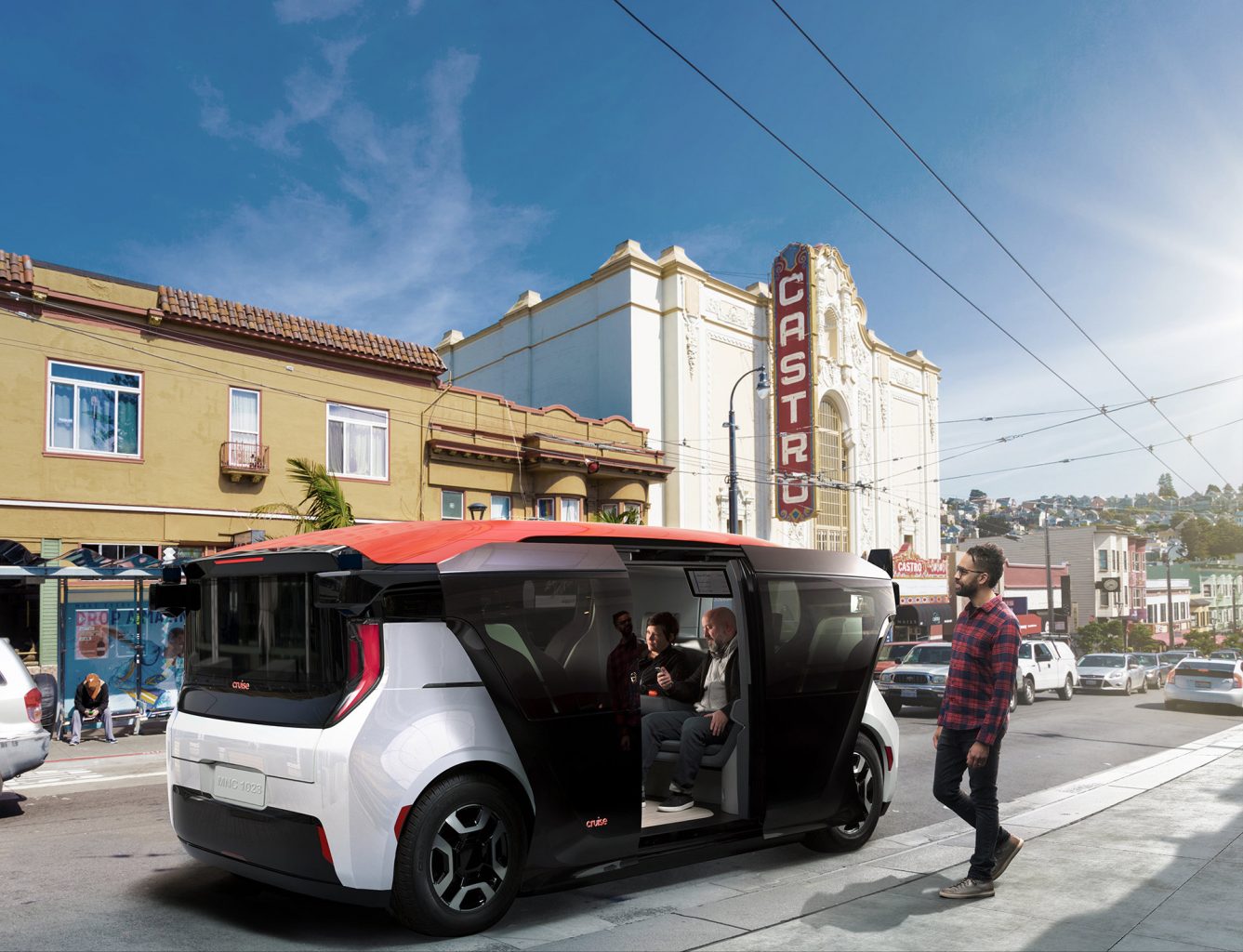Cruise prepares for the next phase of growth

CEO Kyle Vogt says the GM-backed company is on track for — if not ahead of — its goal to reach $1 billion in revenue by 2025.
Cruise, the self-driving technology company owned mostly by General Motors, said it has moved out of R&D and beyond the early stages of commercialization. Now, it’s gearing up for the next phase: rapid growth. In 2023, Cruise aims to expand its commercial operations, currently limited to portions of San Francisco, Phoenix and Austin, Texas. It’s preparing for volume production of the Origin, an autonomous vehicle with no steering wheel or pedals, at GM’s Factory Zero in Detroit. Cruise CEO Kyle Vogt said the company is on track for — if not ahead of — its goal to reach $1 billion in revenue by 2025. Achieving that target is not a certainty, though some analysts who follow Cruise and GM say it’s a reasonable goal. The company’s ability to transition from a cash-burning startup to a sustainable business would represent a significant milestone for Cruise and the nascent robotaxi industry, which has had a rougher path toward viability than many in the industry expected. Since June, when it began charging for rides in San Francisco, Cruise has expanded its commercial fleet of modified Chevrolet Bolts in the city to more than 150 vehicles. The company said that in February, it surpassed 1 million driverless miles, and it now has more than 300 AVs in all three of its markets. Vogt said Cruise plans to expand into more cities — and increase the scope of it operations— but declined to name possible future locations. Last month, the company asked California regulators to revise its existing permit to allow for testing of AVs throughout the state. Near the end of this year, Cruise expects to be operating in Austin and Phoenix at a level “on par with or potentially larger than what we have in San Francisco today,” Vogt said. Cruise is working on being able to deploy its robotaxi service in new cities with less effort, money and time while covering a larger geographic area and making more vehicles available at launch, Vogt said. Source: Automotive News